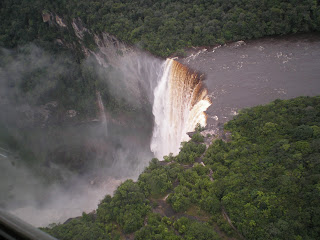What are Living Shorelines?
According to the Center for Coastal Resources Management, Living Shorelines, "address erosion in lower energy situations by providing long-term protection, restoration or enhancement of vegetated shoreline habitats through strategic placement of plants, stone, sand fill and other structural or organic materials. Living Shoreline Treatments do not include structures that sever the natural processes & connections between uplands and aquatic areas." The benefits of Living Shorelines include:
- Reducing bank erosion and property loss to you or your neighbor
- Providing an attractive natural appearance
- Creating recreational use areas
- Improving marine habitat & spawning areas
- Allowing affordable construction costs
- Improving water quality and clarity
OCC was invited to present at the conference and gave a talk entitled Southwest Mordecai Island Ecosystem Restoration Project - SWMER Phase I & II. The talk focused on the design process (several years worth) that OCC went through to implement the Mordecai Island project, challenges that we faced during the process and lessons learned in taking a Living Shoreline project from concept to construction.
By the conclusion of the workshop, many good ideas were discussed to develop a strategy for implementing Living Shorelines in NJ. The next steps will be critical and include future meetings and workshops, developing a framework and standard for a successful project, and working with regulatory agencies to promote the concept of Living Shorelines.
For more information, please contact Ed at edgo@ocean-coastal.com
























